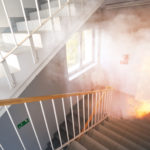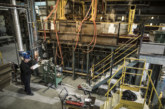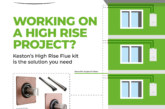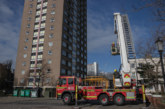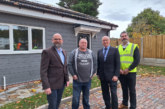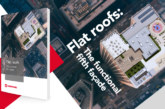Time to get tough on those who don’t confirm. Dame Judith Hackitt calls for “a tougher regulatory regime” and said that the “structure of industry has to change” in her keynote speech at the 2018 CABE Conference.
Header image © ambrozinio/Adobe Stock
At the annual 2018 Chartered Association of Building Engineers (CABE) Conference, Dame Judith Hackitt, author of ‘Building a Safer Future: Independent Review of Building Regulations and Fire Safety’, delivered a keynote speech. In her speech Hackitt spoke about the need for a joined up regulatory process that goes hand in hand with a tougher regulatory regime that has real penalties and sanctions for those that don’t conform.
Dame Judith commented: “People are looking for quick fixes but they need to understand that root and branch reform is required. This has to be a turning point to bring about the culture change we need.”
Hackitt also said the industry needs to change the way it thinks and acts but believes this is not an insurmountable challenge, pointing to the great strides that have been made in health and safety over the last 15 years, for example the numbers of fatalities have reduced and the standards much improved. The industry now needs to do the same again in the delivery of buildings that are fit for purpose.
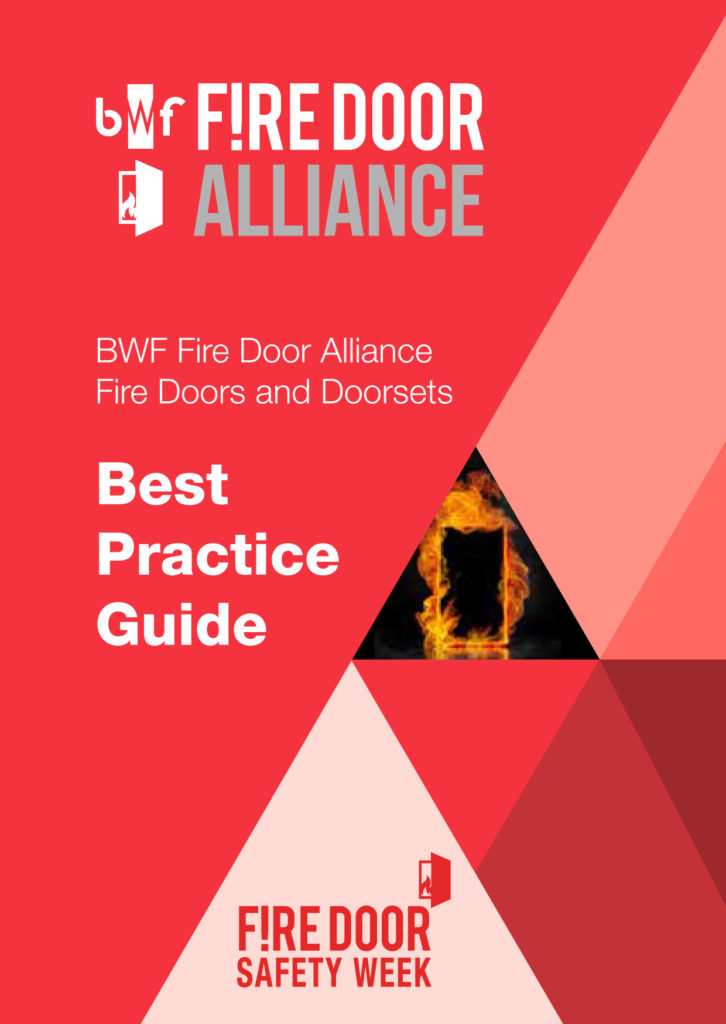
Encouraging positive change
The hope is that the continuing drive to bolster safety will have a positive knock-on effect and encourage wider industry change in terms of how we design, build and the legacy we leave behind. Dame Judith said: “Currently the construction safety is focused on the workforce but we need to also consider residents and the public. We need to think about buildings not as jigsaw puzzles that magically come together, they need to be treated as a complex system — a change in one small thing can have massive changes and impact the integrity of the buildings.”
One of the points highlighted by Dame Judith was a need to drive out value engineering, saying: “It is anything but value, it is cutting costs and quality.”
Another point made was the need for industry to work not in silo but together. Dame Judith asserted: “The structure of industry has to change to make it more effective. We need to put a focus on the way in which buildings are procured. If we have a process that makes people bid at a cost they can’t afford to deliver at, we set ourselves up to fail.”
Dame Judith concluded by talking about the race to the bottom and the lack of focus the sector has in “delivering safe homes for people to live in, as well as the fundamental flaws in design and build contracts that sees undocumented projects handed over to clients.”
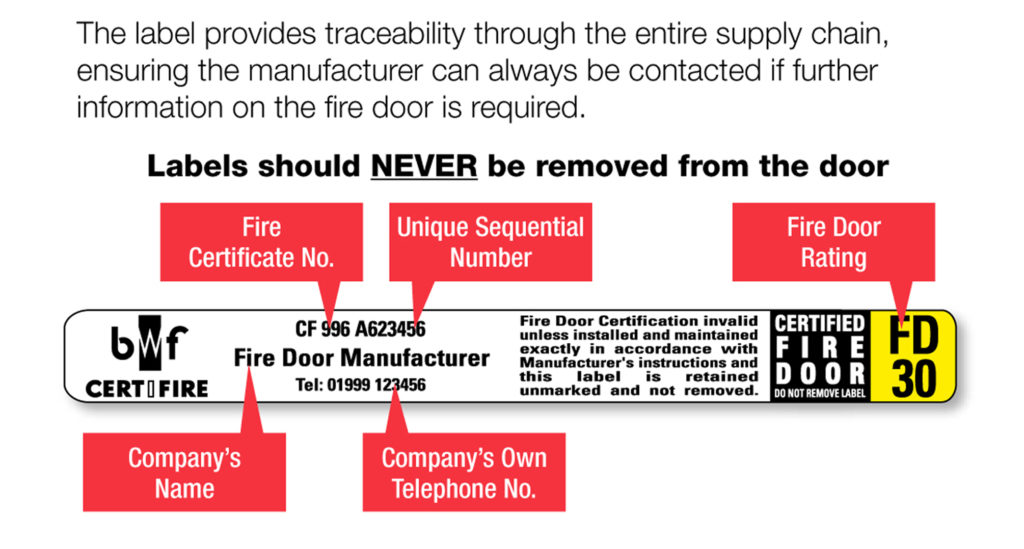
Fire doors
Recently government updated its advice to landlords and building owners after a number of fire doors failed to meet the expected standards when tested. In its Advice Note, the MHCLG is targeting those responsible for the fire safety of residential flats that are concerned about the fire and smoke resistance performance of flat entrance front doors. Please find below a summary of the key points in the document:
- Flat entrance fire doors leading to a shared or communal area are required to provide fire and smoke protection and are critical to most fire strategies for buildings.
- Residents should be made aware of the importance of working self closer on all fire doors.
- Flat entrance fire doors should have test evidence demonstrating they meet the performance requirement in Building Regulations guidance for fire resistance and smoke control from both sides.
- Test evidence used should be carefully checked to ensure it is to the same specifications of the doorsets being installed.
- Landlords or building owners should replace flat entrance doorsets* if they suspect they do not meet the fire or smoke resistance performance in the Building Regulations guidance.
- Fire risks assessment processes should be used to determine how urgently such doors should be replaced.
* Building Regulation Approved Document Q page 6 defines a doorset as “A complete door assembly, assembled on site or delivered as a completed assembly, consisting of the door frame, door leaf or leaves, essential hardware and any integral side panel or fanlight (but excluding coupled assembly, a doorset and window that are supplied as separate self-contained frames and fixed together on site).”

